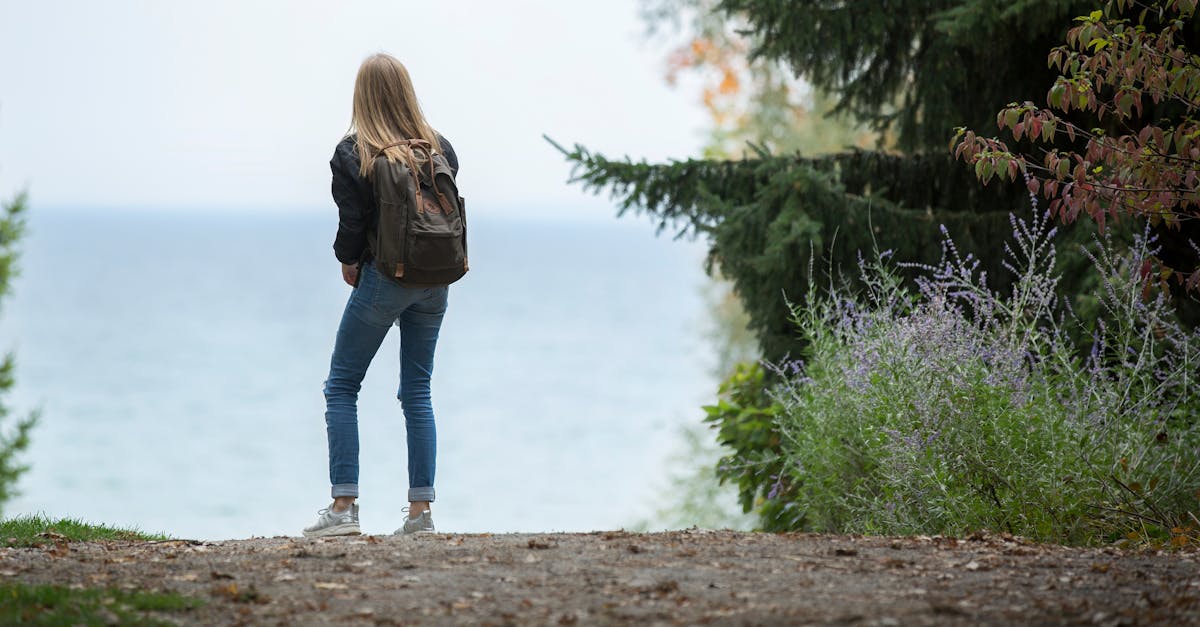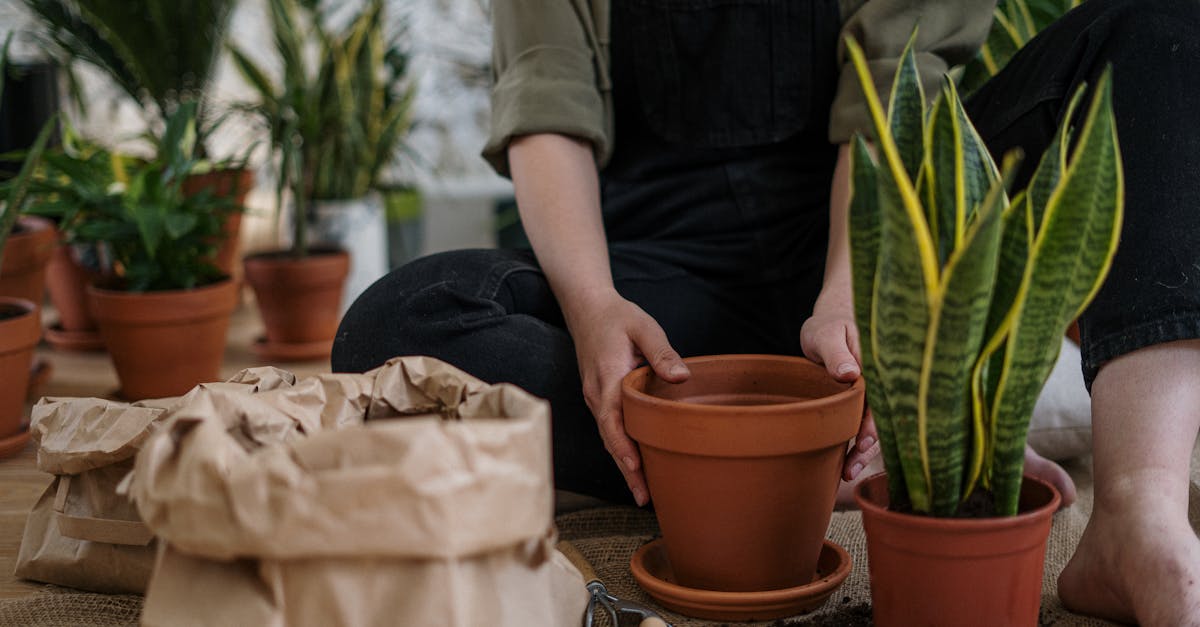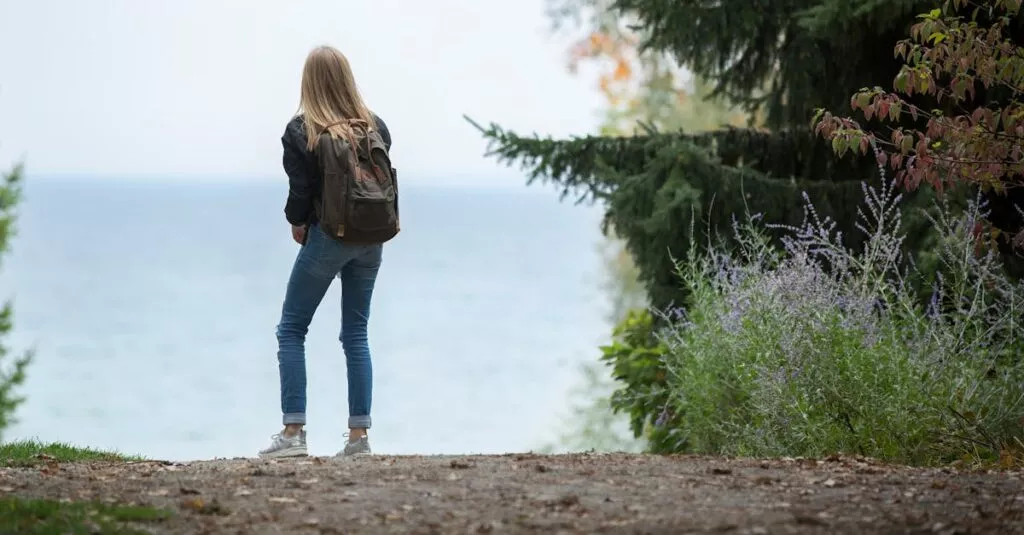Start with Simple Concepts
Start teaching nature conservation by introducing simple concepts. Explain topics like water, trees, and animals. Children grasp basic ideas better when they’re connected to things they already love. Discuss how everything in nature is linked, like how animals need clean water.
Adding humor, explain animals get thirsty too, like their favorite cartoon characters. Use storytime to weave in conservation messages. This blends learning with fun. Keep lessons light and interactive, making it a part of daily conversations, like during bath time or meals.

Emphasize the importance of nature conservation from an early age to instill a lifelong love for the environment in children.
Nature Walks And Observations
Turn your next walk into an engaging nature lesson. Point out insects, birds, plants, and trees. Toddlers love exploring and discovering new things. Bring along a magnifying glass for close-up views; it’s like their very own adventure tool. Share funny stories about animals you see, like what a squirrel might be thinking. For example, “That squirrel is probably wondering if it needs another nut for winter.” Discuss how we should protect these little creatures and their homes. When it becomes part of their play, kids remember it better.

Recycling Activities and Crafts
Save those empty cereal boxes and bottle caps! Get crafty with your toddler, turning recyclables into fun projects. Create bird feeders, toy animals, or even mini-gardens with old containers. It’s a great way to recycle and teach at the same time.
Explain why recycling is essential as you craft. Say, “We’re helping the Earth stay clean and happy!” Every project can be a lesson in disguise, making learning tangible. Plus, it keeps little hands busy and minds curious.

Gardening Adventures
Introduce gardening with easy-to-grow plants. Toddlers enjoy seeing the fruits (and vegetables) of their labor. Start with seeds they can plant and water, like beans or sunflowers. Creating a small garden space for them fosters responsibility and wonder. Let them pick the plants and dirt. Engage them by saying, “Look how much your plant has grown!” It teaches patience and care for living things. Not to mention, they’ll feel proud seeing their plants flourish.

Water Conservation Games
Make conserving water a game. Turn off the tap while brushing teeth and explain why. Play games like ‘beat the clock’ to take shorter showers. Toddlers enjoy anything that feels like a game or challenge. Use fun, easy-to-remember phrases. Say, “Save water, save the fishies!” or, “Every drop counts!” This can make the concept stick. They’ll think conserving water is another fun activity, not a chore.

Encouraging water conservation through games not only educates but also engages children in a more interactive way. By incorporating play and fun phrases, the importance of saving water can resonate with kids and become a positive habit.
Interactive Books and Stories
There are many interactive books and stories about nature conservation. Toddlers love tales with colorful illustrations and relatable characters. Choose books with animals and environmental themes. Books like “The Lorax” by Dr. Seuss introduce conservation simply. Make storytime interactive. Ask questions about the characters and plot. Toddlers process stories better with discussions. Plus, it’s a cozy and calm way to end the day.

Community Involvement and Role Modeling
Involve your child in community activities like clean-up drives or tree planting. Lead by example; toddlers mimic adults. Show excitement about these activities, as your enthusiasm is infectious. Talk about the impact you’re making together. Say things like, “We’re helping the park! Isn’t that great?” Celebrate small victories and make them feel included. This turns responsible actions into a family affair and builds lasting positive habits.

